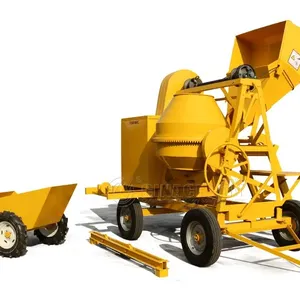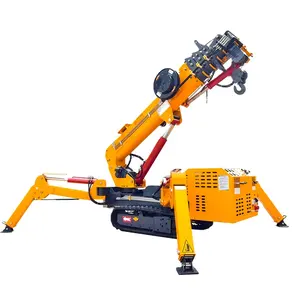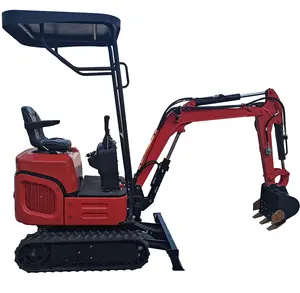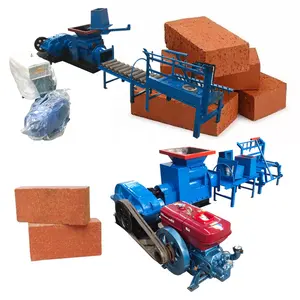Popular in your industry











































































Top categories
About sheet metal ducts
Within the realm of industrial construction and HVAC systems, sheet metal ducts stand as a fundamental component, essential for the efficient and safe conveyance of air throughout various facilities. These ducts are not merely conduits but are integral to maintaining indoor air quality and thermal comfort.
Types and Applications of Sheet Metal Ducts
The variety of sheet metal ductwork encompasses a range of products, each with unique characteristics to serve different applications. For instance, metal air ducts are typically used in large commercial buildings due to their durability and ability to handle large volumes of air. On the other hand, insulated metal duct is preferred in areas where temperature control is crucial, as the insulation helps to maintain the air temperature as it travels through the ducts. In residential settings, metal ac duct systems are common, designed to integrate seamlessly with home HVAC systems. The air conditioning metal ductwork is specifically tailored to ensure efficient cooling. Each type of ductwork, from hvac metal ductwork to sheet metal vent systems, is engineered to meet the demands of its environment, providing optimal performance in air distribution and energy efficiency.
Structure and Materials of Sheet Metal Ductwork
The sheet metal ducts are composed of several key components, each playing a vital role in its operation. The main body of the duct is fabricated from sheets of metal, which are then formed into the desired shape and size. Joints, seams, and flanges are used to connect sections of ductwork securely, ensuring an airtight path for air to travel. Within the ducts, dampers and louvers are installed to regulate and direct airflow, while filters may be incorporated to remove particulates from the air. The operation of these components is critical, as they collectively ensure that the metal ductwork performs efficiently, maintaining the integrity of the air being transported.
Materials and Properties of Sheet Metal Ductwork
The materials used in sheet metal ductwork are selected for their strength, durability, and resistance to environmental factors. Galvanized steel is a popular choice due to its protective zinc coating, which prevents rust. Stainless steel is favored for its corrosion resistance and strength, making it ideal for harsher environments or for transporting more corrosive air streams. Aluminum alloy is another common material, valued for its light weight and flexibility, which makes it easier to install and manipulate. These materials are not only chosen for their physical properties but also for their performance characteristics, which include their ability to withstand high pressures, temperatures, and their longevity in various operational conditions.
Business Usages and Applications of Sheet Metal Ducts
Sheet metal ductwork is pivotal in a multitude of business settings. In manufacturing plants, they are essential for providing a constant supply of fresh air, maintaining air quality, and controlling temperatures. Building material shops utilize metal ducting for its versatility in various construction projects. In the realm of machinery repair shops, metal sheet duct systems are integral to the removal of fumes and dust, ensuring a safe working environment. The metal air conditioning ducting is particularly valuable in regions with extreme temperatures, where maintaining a controlled indoor climate is crucial for both comfort and operational efficiency. These applications illustrate the creation of business value and the enhancement of workplace safety and productivity through the use of sheet metal ducts.
Functions and Capabilities of Sheet Metal Ductwork
The primary function of sheet metal ducts is to facilitate the movement of air within HVAC systems. They are designed to handle specific tasks such as delivering fresh outdoor air, returning indoor air, and exhausting stale or contaminated air. Advanced hvac metal ductwork may also incorporate noise-reduction features, vibration dampeners, and variable air volume systems, allowing for precise control over airflow and thus optimizing the indoor air quality and energy efficiency.
Distinctive Features of Metal Ducting
Metal ductwork stands out for its distinct characteristics and capabilities. The use of automated duct making machines, such as those used in the production of hvac U Shape Auto Duct Line 5, ensures high precision and consistency in the manufacturing process. The integration of modern technologies like CNC (Computer Numerical Control) in the Pittsburgh sheet metal S lock forming machine allows for complex shapes and designs, which are essential in custom ductwork applications. These unique selling points set them apart from competitors, offering businesses a competitive edge in terms of quality and customization.
Benefits and Improvements Offered by Sheet Metal Air Ducts
The installation of sheet metal ducts brings about numerous benefits. They provide a reliable and efficient method for air distribution, which is crucial for maintaining indoor comfort levels. The durability of materials like galvanized steel and stainless steel ensures a long service life, reducing the need for frequent replacements and maintenance. Additionally, the modular nature of metal ductwork allows for easy expansion or modification as the needs of the business change, offering flexibility and scalability.
How to Install Sheet Metal Ducts?
Effective installation of sheet metal ducts is a multi-step process that begins with designing a layout that optimizes airflow and minimizes waste. Cutting and shaping the ductwork to fit the specific contours of the building follows, with careful attention to maintaining the integrity of the insulation where used. Securing the ductwork with appropriate fasteners and sealing all joints with high-quality sealants are crucial steps to prevent leaks and maintain system efficiency. Professional installation is recommended to ensure that the ductwork is installed correctly and complies with all relevant building codes and standards.
How to Maintain Metal Ductwork?
Maintaining metal ductwork is essential for ensuring its longevity and performance. Regular inspections should be conducted to check for any signs of wear or damage, such as corrosion or leaks. Cleaning the ducts to remove dust, debris, and other contaminants will help to maintain air quality and system efficiency. Any necessary repairs should be carried out promptly to prevent minor issues from becoming major problems. A well-maintained duct system will operate more efficiently, have a longer service life, and provide a healthier indoor environment.
Exploring the offerings on Alibaba.com, businesses can find a wide array of sheet metal ducts tailored to their specific needs, backed by the assurance of quality and comprehensive customer support.










